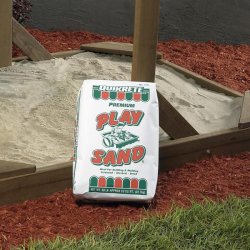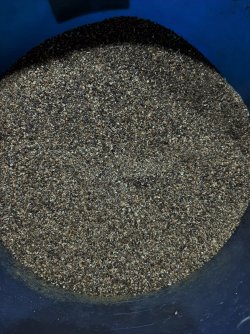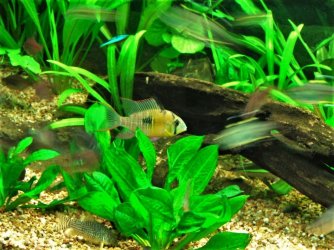Thank you once again @Byron. I have been doing so much research and a lot of it is contradictory and becomes very confusing. I will stick to your tried and true methods. I just finished tearing down the reef display tank and will start tearing down the sump tomorrow. Shop vacs are a wonderful piece of equipment lol. I had 3 fish left (a spot foxtail, a chevron tang and a clown fish). My wife took them this afternoon to a nearby fish store and they gave us a $100 dollar store credit. Can't beat that!!
Heck, I didn't pay that much for all 3 of them 14 years ago lol.
Thanks again! I'm sure there will be more questions for you as things progress.
Ask anytime.
I was on a chat with a couple of my cousins in England on Monday, and one of them made the point that the internet has much to answer for in terms of misinformation and the way the world is moving. In this hobby alone the volume of completely misleading and erroneous "information" on so many sites boggles the mind. Fifty years ago we learned from reading books, and the process of getting published meant that the books were reliable, and based upon scientific knowledge, some of which may have subsequently been determined to be incorrect but it still wasn't "made up." Now days, any fool can set up a web site and the majority immediately assumes the individual is an expert. Some are, but too many are not. Just like fish store advice--we have to know the knowledge level of the source.




